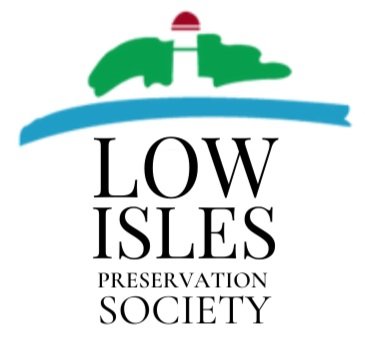Low Isles is an inner patch reef 15 km north-east of Port Douglas.
It is composed of a small coral cay (Low Island) and a larger mangrove island (Woody Island) which is also a significant bird nesting site.
The area supports a diverse range of flora and fauna and several discrete habitats with the lagoon providing an excellent refuge and feeding ground for a large population of adolescent turtles.
The combination of coral cay and mangrove island type is unique to the Great Barrier Reef.
Scientific research on Low Isles
The Great Barrier Reef has long been an area of strong interest for scientists around the world. Low Isles is part of a network of six island research stations (including Lizard, Green, Orpheus, Heron and One Tree Islands) which is integral to research activities on the Reef.
The first formal investigations began in the late nineteenth century and were followed by long-term field studies by the Royal Society of London and the British-Australian Great Barrier Reef expedition to Low Isles in 1928 and 1929. This laid the foundation for the development of coral reef science.
